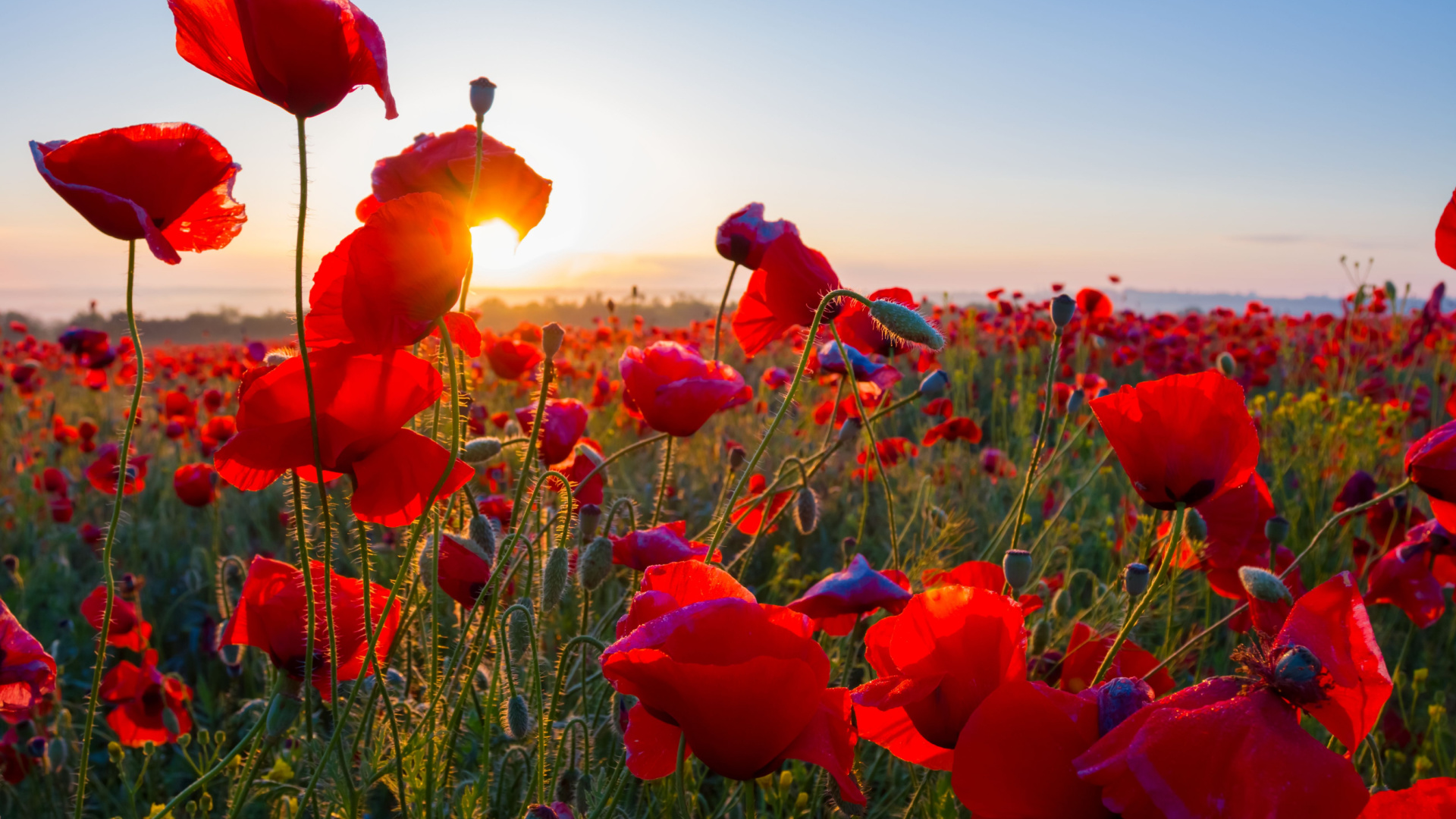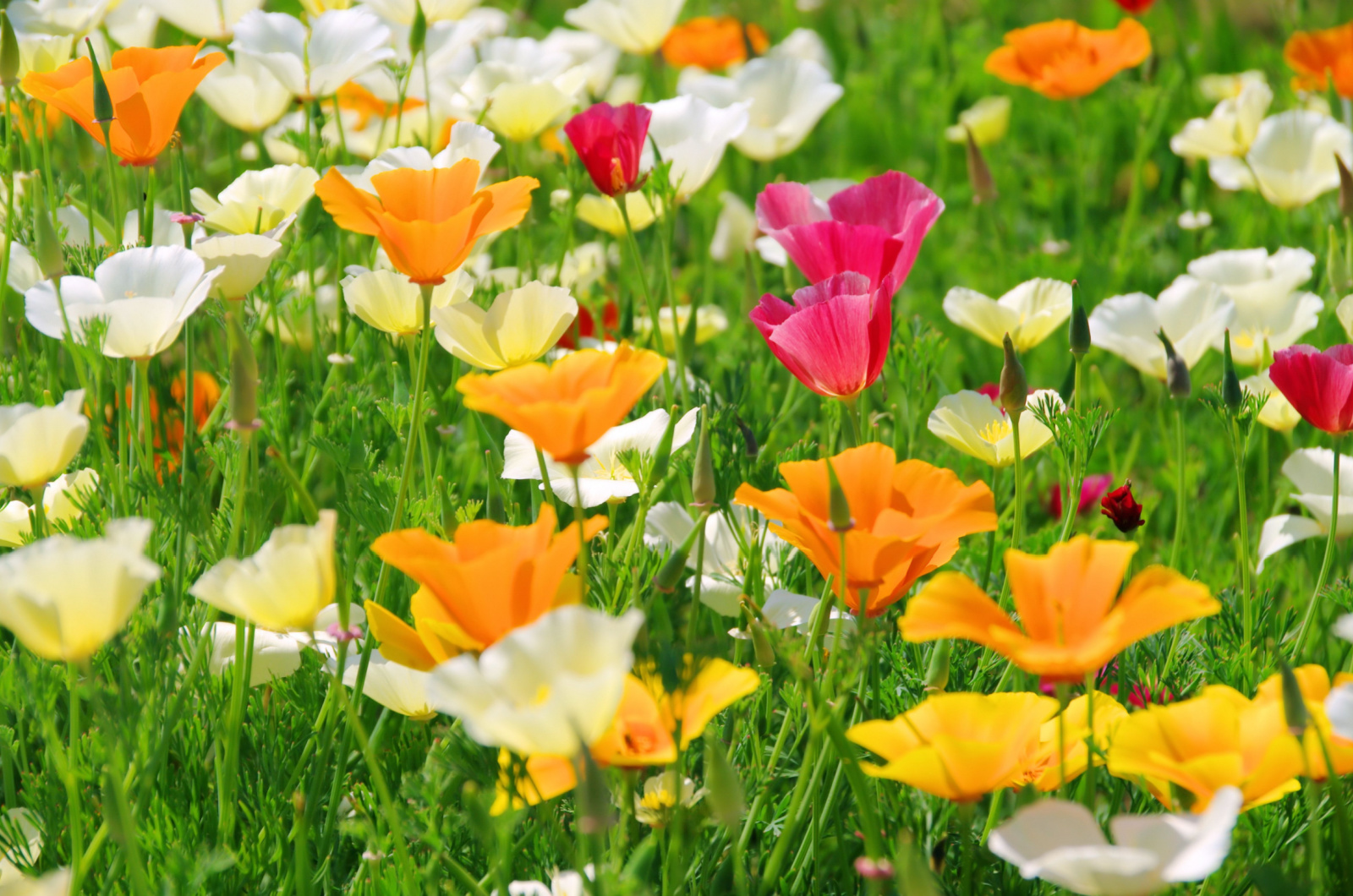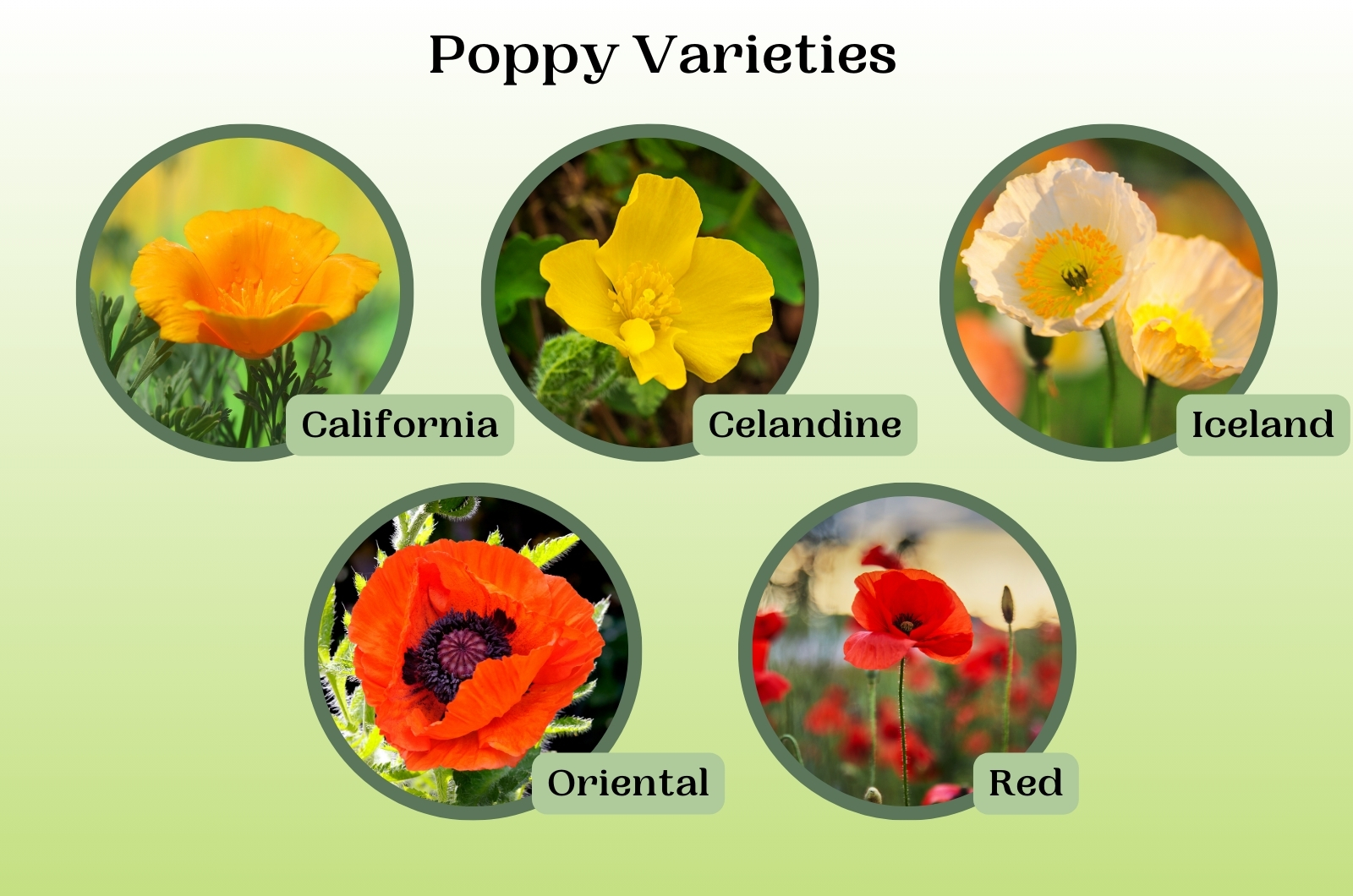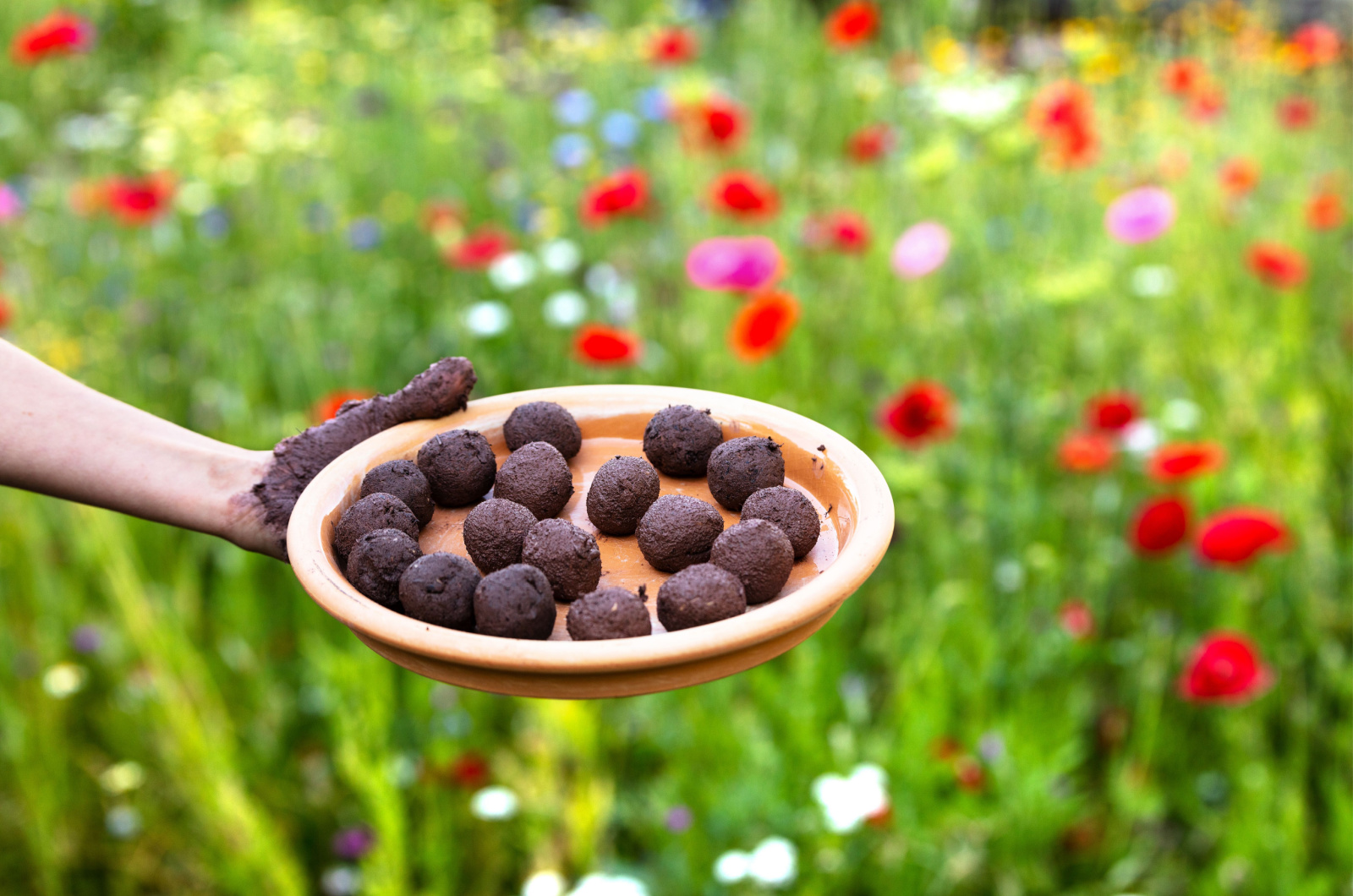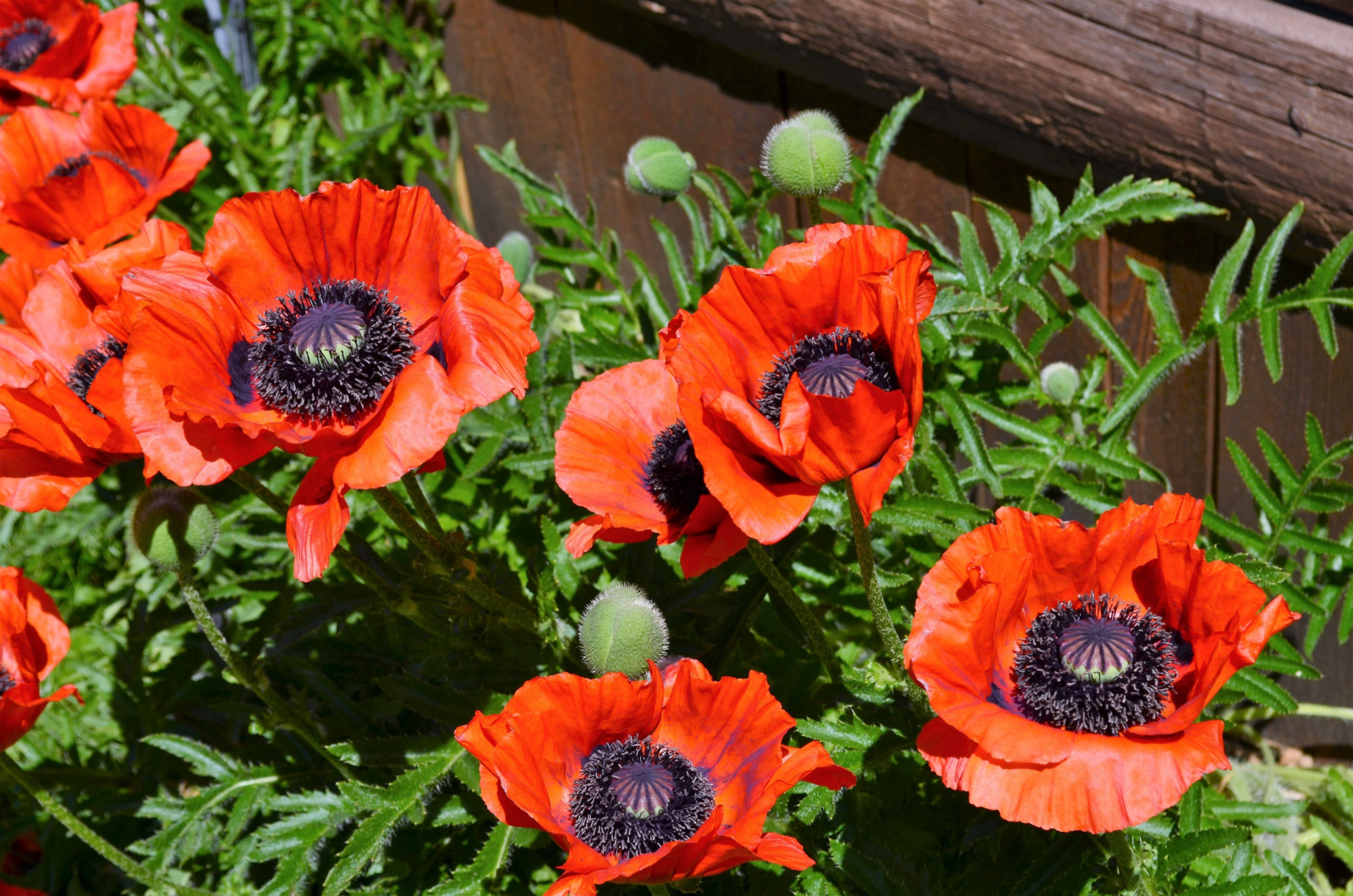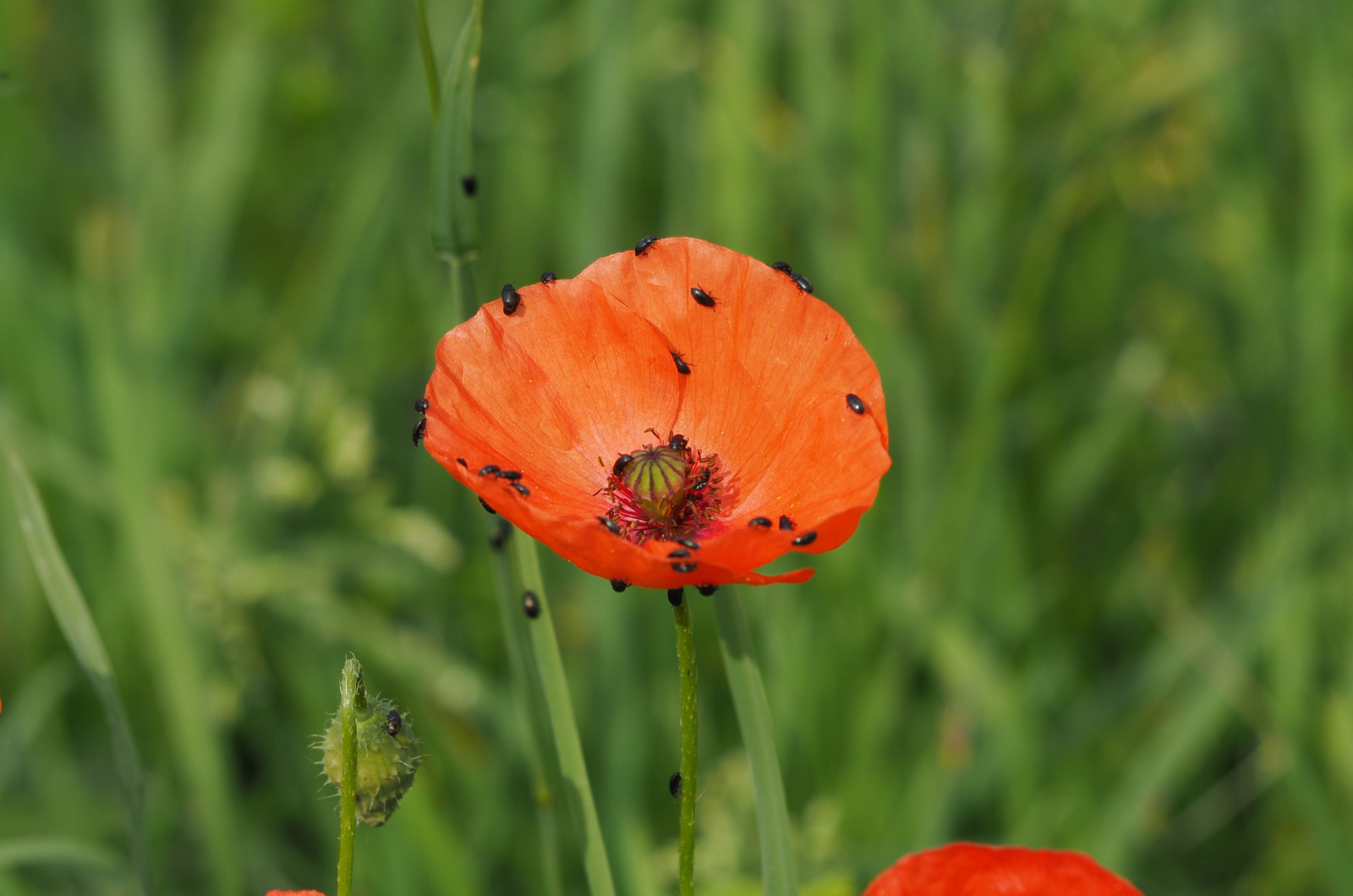When I think of native gardens, poppies are the first thing that come to my mind. Orange californians and dark-centered orientals – it doesn’t get better than that.
These wildflowers come with a bonus – most of them self-seed. That means you only have to sow them once to get recurring color and beauty year after year.
Here are some tips that can help you choose the best variety for your garden, sow them, and care for them the right way.
Let’s get started!
Choosing The Poppy Variety
Poppies have countless varieties and cultivars, so much so that it may be difficult to choose just one. They come in a dazzling variety of color, from shimmering white and cream to vivid yellow, orange, red, and pink/purple spectrums.
You can also choose an annual or perennial species. The former ones will self-seed, while the latter will use their roots to come back.
Unfortunately, you can’t grow opium poppies in the US, but there are many other types you can add to your landscape. (1)
California poppy – These annuals are native to the western parts of North America. Add some color by interplanting different shades. White ‘Ivory Castle,’ rose-pink ‘Rose Chiffon,’ fiery ‘Orange King,’ and calming ‘Purple Gleam’ will give your landscape the lifeline it needs.
Celandine poppy – Also known as wood poppy, this species is a perennial native to the eastern parts of North America. Unlike most other varieties, this one will grow in clay soils.
Iceland poppy – Grown as short-lived perennials or annuals, Iceland poppies are native to North America, Europe, and Asia. Popular cultivars include ‘Champagne Bubble’ and ‘Meadow Pastels’ mixes.
Oriental poppy – They may not be native to the US, but some cultivars have naturalized in colder regions. Go with the compact ‘Peter Pan’ or choose between the famous ‘Watermelon’ and ‘Patty’s Plum’. Just know that oriental poppies are plants you should divide in fall.
Red poppy – Also known as corn, field, and Flanders poppies, these species are an essential decoration for Remembrance Day. They’re not native to the US, so be careful when growing them.
Sowing And Planting
One of the things I love about poppies is that they are self-seeding plants that will come back year after year. This will reduce the amount of work you have to do by and large, especially if you go with native varieties that won’t invade your garden.
Still, if this is the first time you’re planting these wrinkled beauties, the best way to go about it is by making DIY seed bombs. That’s the fastest way to get more color in your yard!
What I love about these flowers is that you can sow them directly into your garden between March and May or August and October.
Make sure to plant them in a well-drained growing medium and a spot that gets full sun. You can incorporate some compost if your garden soil is too heavy and compact.
It may take anywhere between 1 and 4 weeks for the seeds to sprout, so be patient. Once the seedlings grow stronger, thin them to about a foot apart.
P.S. Make sure to water the seeds often, especially during dry spells. Drought will result in failure. Still, don’t oversaturate them because that can lead to rapid and leggy growth.
Quick Growing Tips
When it comes to poppies, there are two non-negotiable requirements you have to meet – well-draining soil and plenty of sunlight.
Celandine poppies can grow in clay mediums, but all other varieties need proper drainage. Provide them with these two things, and they will thrive for years to come.
Most varieties thrive in mildly acidic or neutral soils. And once they get established in one location, they will become drought-tolerant. Of course, you’ll still have to supplement some water if a severe dry spell comes your way.
You should also ensure they get plenty of space. Around a foot between each plant is more than enough. It may seem too wide, but poppies can spread anywhere between 12 and 18 inches.
Poppies practically take care of themselves. If you allow them to go to seed, you won’t even have to replant them. Just make sure to avoid non-natives because they can overcrowd your other plants.
Pests And Diseases You May Encounter
Poppies are some of the best wildflowers to add to your garden. Why? Because pests and diseases tend to leave them in peace.
Still, California and red poppies are much more resistant to downy mildew, fungal wilt, and aphids than Iceland and oriental poppies.
The latter two species succumb to these issues in humid and damp conditions. Luckily, you can keep them healthy by avoiding overhead watering and giving them ample space to grow. This will increase air circulation and allow them to dry out in time.
Finally, ensure to keep the slugs away from your plants. Other than this, poppies are fuss-free wildflowers that give more than they ask for!
References:
1. Authorized Sources of Narcotic Raw Materials, 21 CFR Part 1312; Docket No. DEA-282F, RIN 1117-AB0 (2008). Drug Enforcement Administration, US Department of Justice.

